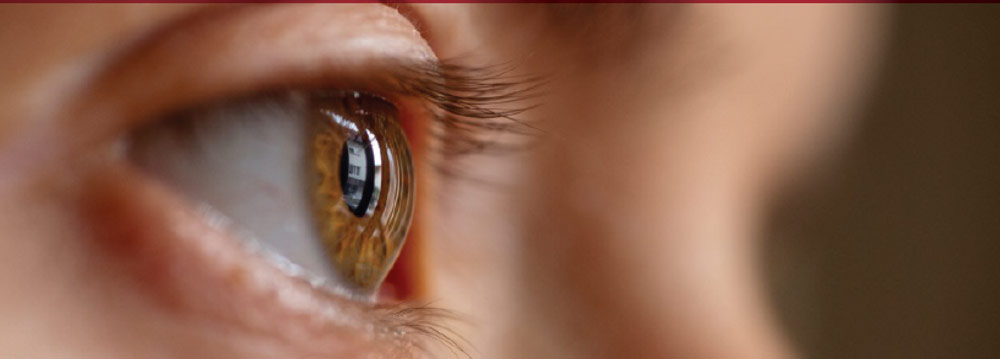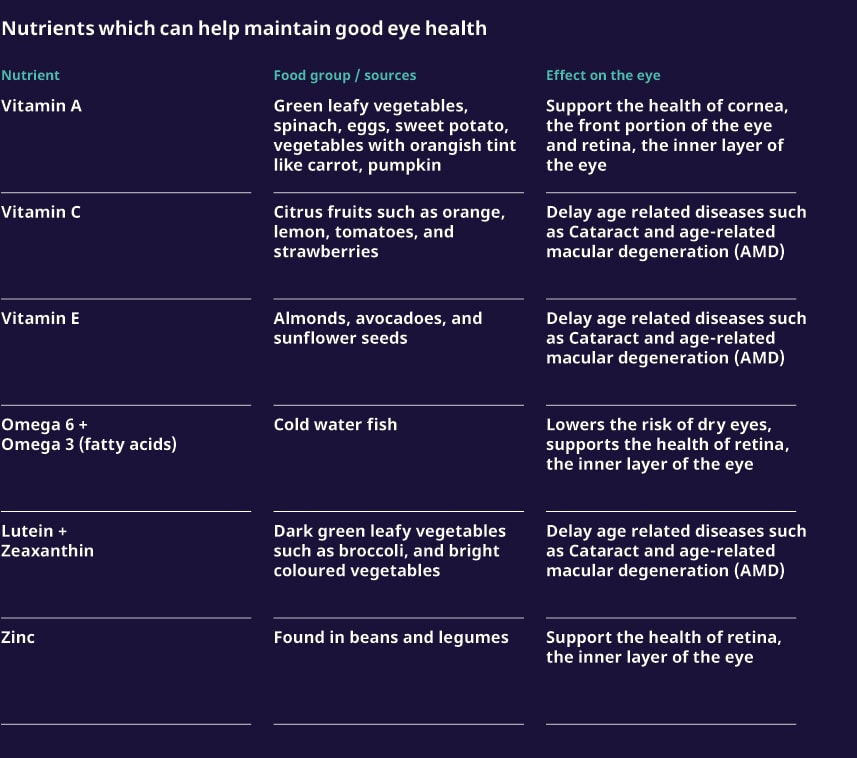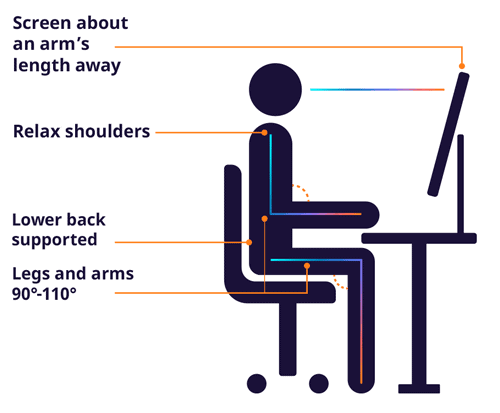
What is World Sight Day?
World Sight Day (WSD) is an international day of awareness, held annually on the second Thursday of October to focus global attention on the issue of eye health. This year World Sight Day falls on 14th October 2021 (the day this blog goes live!).
This year’s theme for WSD annual day of awareness is: Love Your Eyes.
This year, The International Agency for the Prevention of Blindness (IAPB) and us here at Assil Gaur Eye Institute wants to encourage everyone to think about the importance of their own eye health.
Eye Health Doesn’t Just Impact Your vision
Eye health impacts education, employment, quality of life, poverty, and so many other areas of life and wellbeing. This WSD we want organizations and the public to come together to encourage governments, corporations, institutions, and individuals to actively support universal access to eye health and ensure that EVERYONE COUNTS.

According to the Johnson & Johnson Global Eye Health Survey:
- A majority (70%) of adults worldwide understand the importance of eye health, but don’t plan to get their eyes examined this year.
- Only 1 in 4 people realize there is a connection between eye health and overall health.
- A majority of respondents who had cataract surgery didn’t realize the major effects and minor implications of cataract surgery.
- 86% of the world’s adult population fear losing their sight above any other sense.
Nearly everyone on the planet will experience an eye health issue in their lifetime
Globally, at least 1 billion people have near or distance vision impairment that could be prevented or has yet to be addressed. While most people with visual impairment are over 50, it affects people of all ages.
Causes of vision impairment include:
- unoperated cataracts
- uncorrected refractive error
- age-related macular degeneration
- glaucoma
- diabetic retinopathy
- infectious diseases of the eye
- trauma
While some of these vision problems are more common than others, none of them should be ignored.
Recently at the World Health Organization’s (WHO) 74th World Health Assembly, Member States adopted two new global targets for eye care by 2030 ̶ a 40% increase in effective coverage of refractive errors and a 30% increase in effective coverage of cataract surgery. These targets will not only increase global eye care services but also ensure the delivery of quality services.
The 4 P’s to love your eyes
1. Prevent
A healthy lifestyle and eating habits can prevent many eye diseases.
Diet
Eating a healthy, balanced diet is often the crucial step in maintaining a healthy weight, controlling obesity, and preventing diseases such as diabetes, all of which can impact eye health.
A healthy diet full of vitamins A, C, and E, plus minerals like zinc and lutein, can help promote eye health and lower the risk of eye disease.

Healthy Lifestyle
A “healthy lifestyle” is as simple as not smoking, drinking less alcohol, maintaining a healthy weight, and watching your blood sugar, blood pressure, and cholesterol.
2. Protect
Use Protective Eyewear
On a day-to-day basis, this is as simple as wearing sunglasses to protect your eyes from harmful Ultraviolet (UV) radiation from the sun.
If your work exposes you to hazardous chemicals, radiation, particles in the air, or excessive heat, make sure to wear proper protective eyewear as recommended by occupational standards and guidelines.
Clean out your cosmetics
Make-up and eye cosmetics can cause issues such as dryness of the ocular surface and allergic reactions. Make sure to toss out old make-up when it’s expired and consult with your eye care provider on what is safe for use.

Work in a body-friendly way
Screen time has been greatly increased lately. Make sure to take regular breaks and cut down on screen time where possible to avoid symptoms such as:
- Eye strain
- Headache
- Dry eyes
- Muscle pain
To minimize the symptoms, and to work efficiently, it is important to ensure conscious blinking, regular breaks (20-20-20 rule), good posture, optimum lighting to reduce glare on the monitor and optimize the work environment to reduce musculoskeletal symptoms.
The 20-20-20 rule is a good and efficient pattern to help your eyes from the strain of gazing at screens for a long time. For every 20 minutes spent using a screen, you should try to look away at something that is 20 feet away from you for 20 seconds.
3. Preserve
Plan for—and get—a regular comprehensive eye examination regularly to preserve your vision. A comprehensive eye examination will ensure that your eye care practitioner obtains a detailed medical history and family history to understand your risk factors. Your doctor will then check your vision, eye power, and eye health by using dilating eye drops.
4. Prioritize
Ensure that eye examinations are a part of your routine medical examination
Prioritize your eye health and consider “Love Your Eyes” as a life goal. Educate your family, loved ones, and community regarding the importance of eyes and vision
When should I get an eye test?
All of us should get our eyes examined at least once every two years. But get an exam every year if you:
- are aged 40 or above
- have a family history of Glaucoma (increased eye pressure or any sight-threatening complications)
- have diabetes or hypertension
- have a history of chronic smoking
- are already wearing spectacles and your eye power is high (High myopia)
Some red flags for an emergency eye examination include (but are not limited to):
- seeing flashes of lights
- sudden blurring or loss of vision
- redness
- eye pain
- seeing colored rings around light
Choose Assil Gaur Eye Institute for your Vision Care
On world sight day (and every day) your eyes are our top priority. Our eye care professionals are nationally recognized experts in the field.
Please call 866-945-2745 or visit us here to make an appointment online with our eye doctors. If you are experiencing any concerning symptoms or require immediate eye care, contact us immediately to determine the best time to schedule an exam.
We are conveniently located for patients throughout Southern California and the Los Angeles area at locations in or near Beverly Hills, Santa Monica, West Los Angeles, West Hollywood, Culver City, Hollywood, Venice, Marina del Rey, Malibu, Manhattan Beach, and Downtown Los Angeles.













